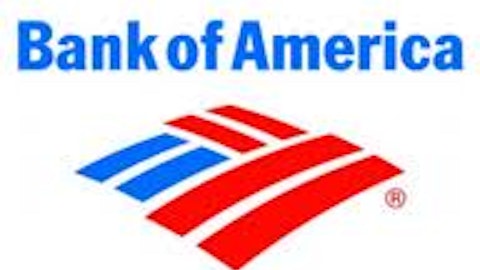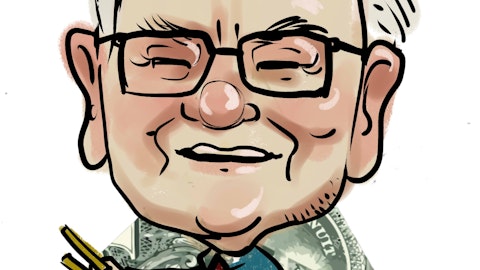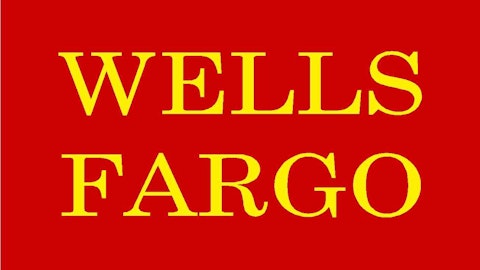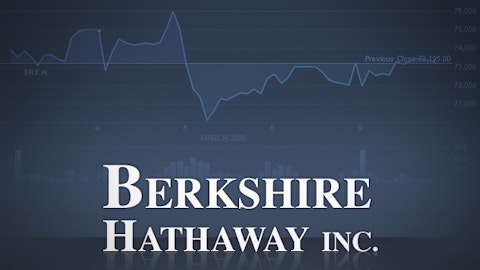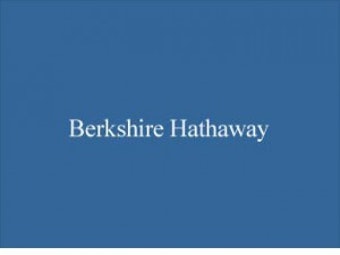
A close look at Berkshire Hathaway’s derivative positions
Recently, Berkshire Hathaway Inc. (NYSE:BRK.A) posted huge growth in its second-quarter earnings results. In the second quarter, Berkshire Hathaway Inc. (NYSE:BRK.A) increased its revenue from $38.55 billion to nearly $44.7 billion. The year-over-year revenue growth was due to a 13% growth in the insurance business, 7.2% growth in railroad, utilities and energy segment, and a significant improvement in derivative positions, from a loss of more than $1 billion last year to a profit of $461 million this year.
The huge gain in its derivative positions could be mainly attributed to the gain in the European equity index put options, written on four major equity indexes including S&P 500, FTSE 100, the Euro Stoxx 50, and the Nikkei 225, with the expiration dates in the range of June 2018 to January 2026. The remaining weighted average life of all contracts were estimated to be around 7.5 years as of June 2013.
Writing European style put options with long maturities let Warren Buffett have much more cash in premium to go investing and earn decent returns on it. He does not have to pay his counterparty until maturity, and the payment is made only if the reference index to which the put was tied goes lower than it was at the inception of the contract.
Dated back to 2009, Warren Buffett has explained the “equity put” portfolio in detail in his letter to shareholders, he mentioned that “only the price on the final day that counts.” In order for Berkshire Hathaway Inc. (NYSE:BRK.A) to lose nearly $31 billion in options, all of those four major indexes have to fall to zero on their various termination dates. Thus, the increase in value in many major indexes in the past year has been the main factor for the significant rise in the equity index put options value.
In the operating business, Berkshire Hathaway Inc. (NYSE:BRK.A) experienced the highest gain from the railroad BNSF business, from $1.28 billion to nearly $1.4 billion. Moreover, the growth also happens in the financial products, Marmon, McLane and MidAmerican businesses.
Berkshire Hathaway’s two biggest equity positions
For the long-term, Warren Buffett is still bullish on Wells Fargo & Co (NYSE:WFC) and The Coca-Cola Company (NYSE:KO). Those two companies are the two largest positions in the Berkshire Hathaway Inc. (NYSE:BRK.A) investment portfolio. With more than 458.17 million shares, Wells Fargo & Co (NYSE:WFC) was the largest position, accounting for 19.9% of his total portfolio, while The Coca-Cola Company (NYSE:KO), with 400 million shares, ranked second, accounting for 19% of his total portfolio as of March 2013.
Wells Fargo & Co (NYSE:WFC) is known to have conservative lending practices, which might generate lower income than its peers in a boom phase, but it would let its shareholders sleep well in challenging times. The bank, with presence in nearly 9,100 stores, serving more than 70 million customers, is considered the market leader in consumer and small business lending, residential mortgage, and the commercial market. In the long run, the bank targets its efficiency ratio at 55%-59%, with the ROA in the range of 1.40%-1.60%, while the ROE could be in the range of 12%-15%.
